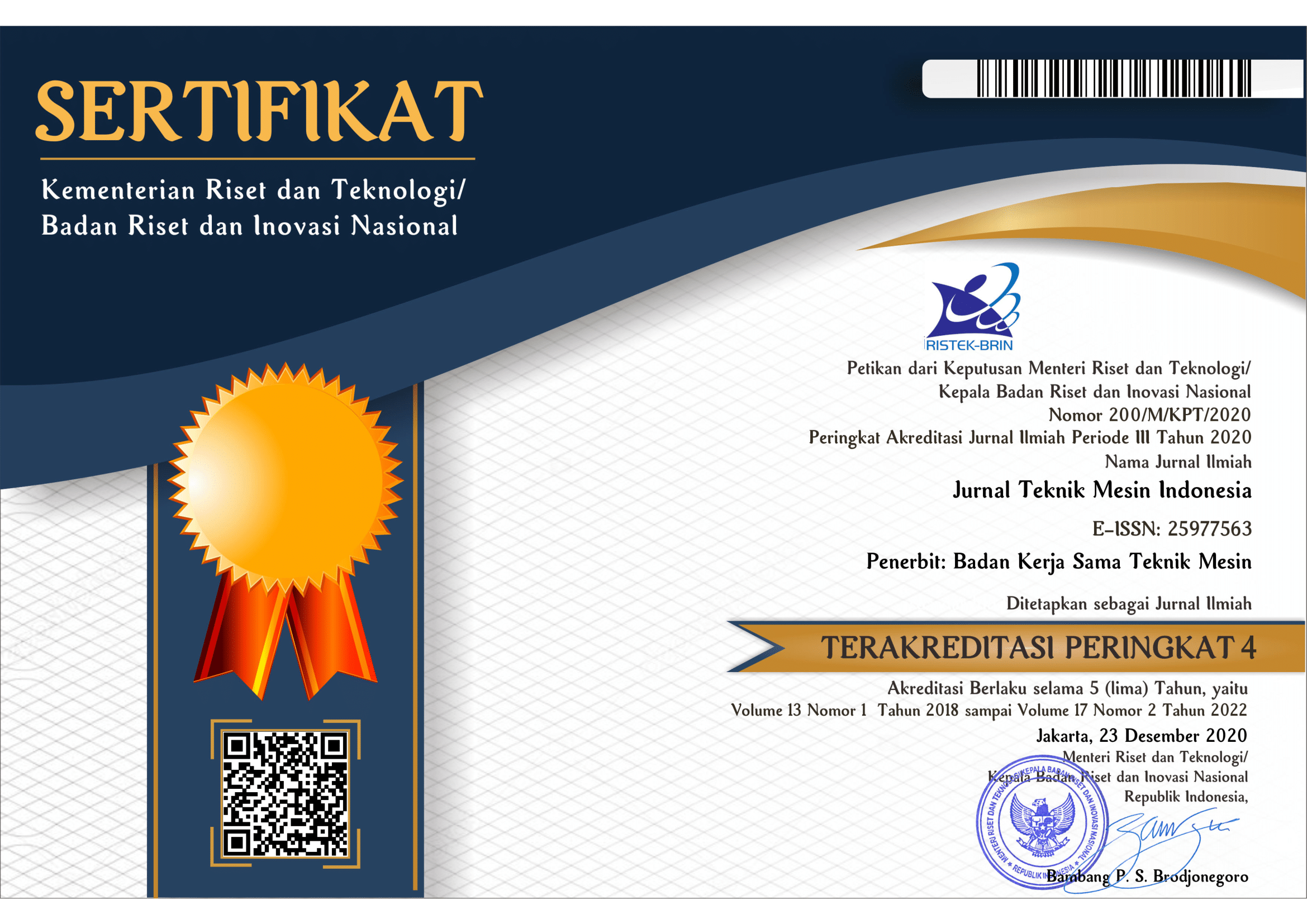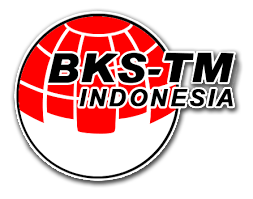Investigation of Gnetum Gnemon and Ramie Natural Fiber on the Mechanical Properties of Composites with the Combination of Aramid and Carbon Fiber as Reinforcement for Military Personnel Applications
DOI:
https://doi.org/10.36289/jtmi.v19i02.757Abstract
Every equipment infrastructure in a TNI unit will be needed to support an operation in the defence system to maintain the integrity of the Unitary State of the Republic of Indonesia. Personal protective equipment is needed for a war operation’s safety or continuity. Protective components made from composite fibers have the advantage of being resistant to corrosion caused by the environment. The natural and carbon fibers will be mixed/reinforced with epoxy resin to become composite materials. This study aims to identify Gnetum Gnemon fiber composites with carbon fiber and aramid fiber to determine the mechanical properties of the composite material resulting from a collision. Natural fiber Gnetum gnemon has not been widely studied as a reinforcing material for polymer composites. Gnetum gnemon fiber chemical composition is hemicellulose approx. 25%, 40% alpha cellulose, 10% lignin and 3-5% benzene extractive. Its density is quite light, 1.2087 g/cm³ - 1.8069 g/cm³. Because this fiber has a continuous fiber structure and a strong natural weave, its use is still minimal. Special treatment such as alkali treatment on Gnetum gnemon, can increase the strength of natural fibers. Due to its exceptional mechanical properties, Kevlar or aramid fibre are extensively used in industrial and military applications. The aramid fiber exhibited a transversely anisotropic nature in a small strain range, with its stress-strain behavior as linear and elastic. The anisotropic nature of the aramid fiber was due to its high tensile-to-shear modulus ratio. The high strength and modulus were also found to be scattered due to the larger distribution of defects in the longer fiber. Epoxy resin is a type of polymer characterized often by one or more epoxide functional groups, with at least one of the epoxide functional groups acting as a monomer and terminal unit of the polymer within the structural chain.










